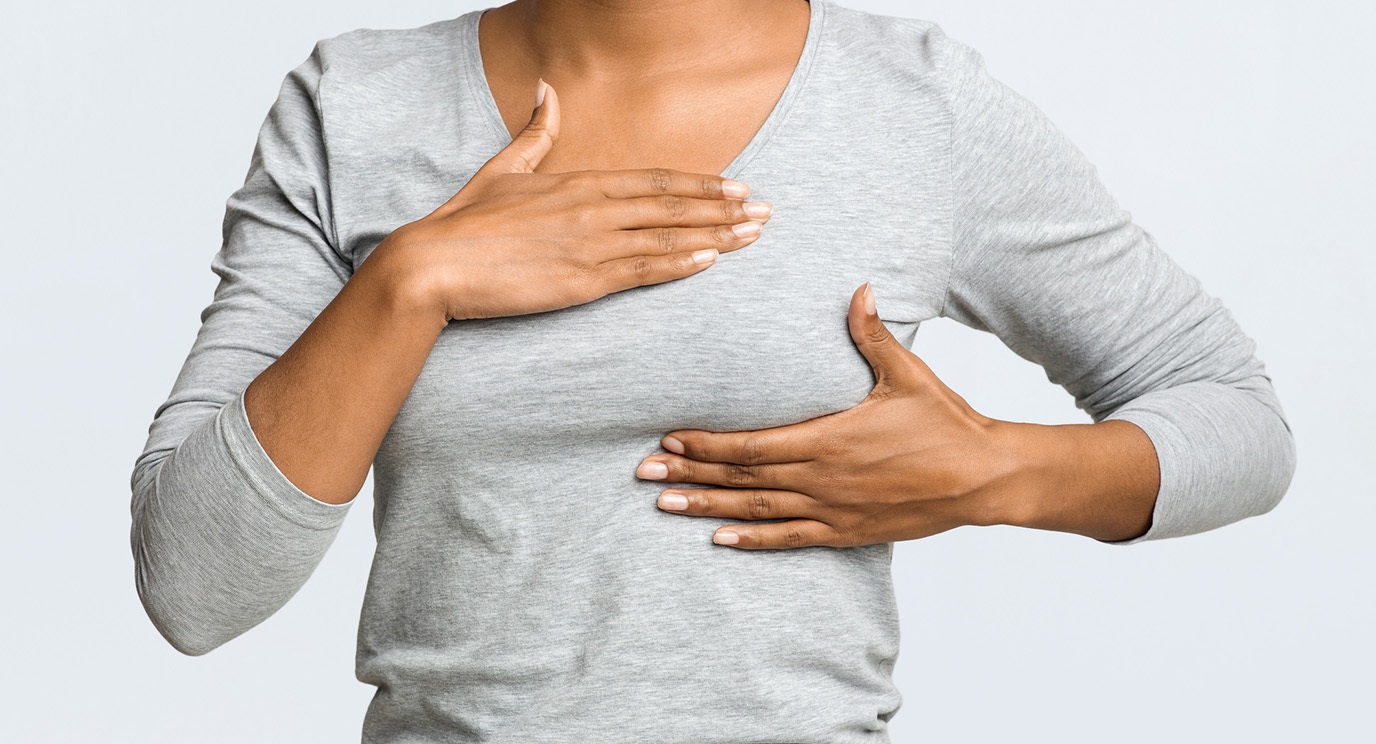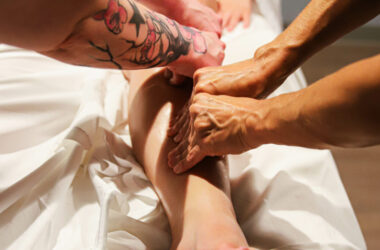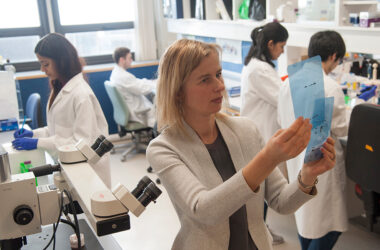A part of the body on the chest called breast is usually associated with women as the main function of it is to feed the offspring. It is also regarded as an external identification of femininity or part of sexual attractiveness. Surprisingly, men also have breasts but it is usually not that visible and not functional like in women. Just like any other body parts, the breast is also susceptible to getting affected by disease. Knowing what is normal and what is not to the breast can be a lifesaver as we all know how dangerous breast cancer is. In this DoctorOnCall’s article, we will know what kind of lumps are normal in breasts.
Breast lump in general, surprisingly, are considered harmless. In fact, 60 to 80% of all breast lumps are considered non-cancerous. Lumps that can be felt at a certain point of the menstrual cycle can be considered normal. Breast lumps can range in size as small as pea to the large size of a golf ball. A firm ridge at the bottom of the breast is considered normal. Cyst that causes lump can be felt as smooth and rubbery lumps under the skin, with or without pain. Breast lump that is sore and swollen right before a menstrual period then subside after period ends is considered normal due to hormone changes. Nipple discharge apart from milky one in breastfeeding women may be considered as a problem but does not necessarily mean cancer as it can be from infection causing pus or benign tumour known as intraductal papilloma causing bloody nipple discharge.
Knowing how a normal breast looks and feels is important in determining breast health. No breast is typical. What is normal to a person may not be the same to other women. Most women feel their breasts are uneven or lumpy. Hormone changes such as period and bearing child or taking medication may actually lead to changes how the breast looks and feels. The best way to know if the breast is normal or not is by doing a regular breast self-exam.
Breast self-exam is the easiest and earliest way to detect signs of breast cancer. Combination of breast-self exam with other screening methods such as mammography in women aged 40 and above or breast ultrasound in younger age, can help detect early changes to the breast that can be a sign of breast cancer. There are 5 steps to check the breast at home:
- Examine breast in a mirror with shoulders straight and arms on hips. Look out for the differences in size, shape or colour of the breast.
- Raise arms and look out for the same changes of the breast.
- Look at the breast in the mirror to see if there is fluid coming out from the nipple.
- Check for breast lumps or any abnormalities by feeling the breast using the right hand to feel the left breast and left hand for the right breast. Do this while lying down. Keep in mind to use the finger pads of the first few fingers, pressing down these fingers and move in circular motion. Use light pressure to feel tissue close to the skin and firm pressure to feel tissue close to the chest and ribs. The goal is to apply different pressure to feel all breast tissue by checking the depths of the breast.
- Check for breast lumps while standing or sitting. This is easiest when done while in the shower.
Most common symptoms of breast cancer are a new lump or mass. The mass usually is painless and hard with irregular edges but at times it can also be soft, round, tender and painful. Other symptoms include swelling part or all of the breast, skin dimpling that looks like an orange peel, breast or nipple pain, nipple turning inwards or known as nipple retraction, nipple or breast skin with red, dry or thickened, nipple discharge apart from breast milk and swollen lymph nodes under the arm on close to the collar bone. Symptoms of breast cancer may actually resemble other conditions affecting the breast such as fibroadenomas of breast cyst. It is best to get checked by a doctor whenever you spot such symptoms.
Buy Medicines
If you are unsure what is normal and what is not, it is best to get checked by doctors. Doctors can help you understand what is happening and provide treatment when needed. Breast self-examination can be difficult to be done at first as many will be worried or not confident with their findings. Asking guidance or support from medical professionals on learning breast self-examination should not be something to be embarrassed about. Besides, it’s better to be safe than sorry, always.However, if a patient finds that they are suspected of having breast cancer or find abnormal lumps to their breast, do not panic and do get in touch with a doctor soon. Knowing what to expect during a doctor’s appointment can help ease one’s mind and be prepared with any possible events followed.







